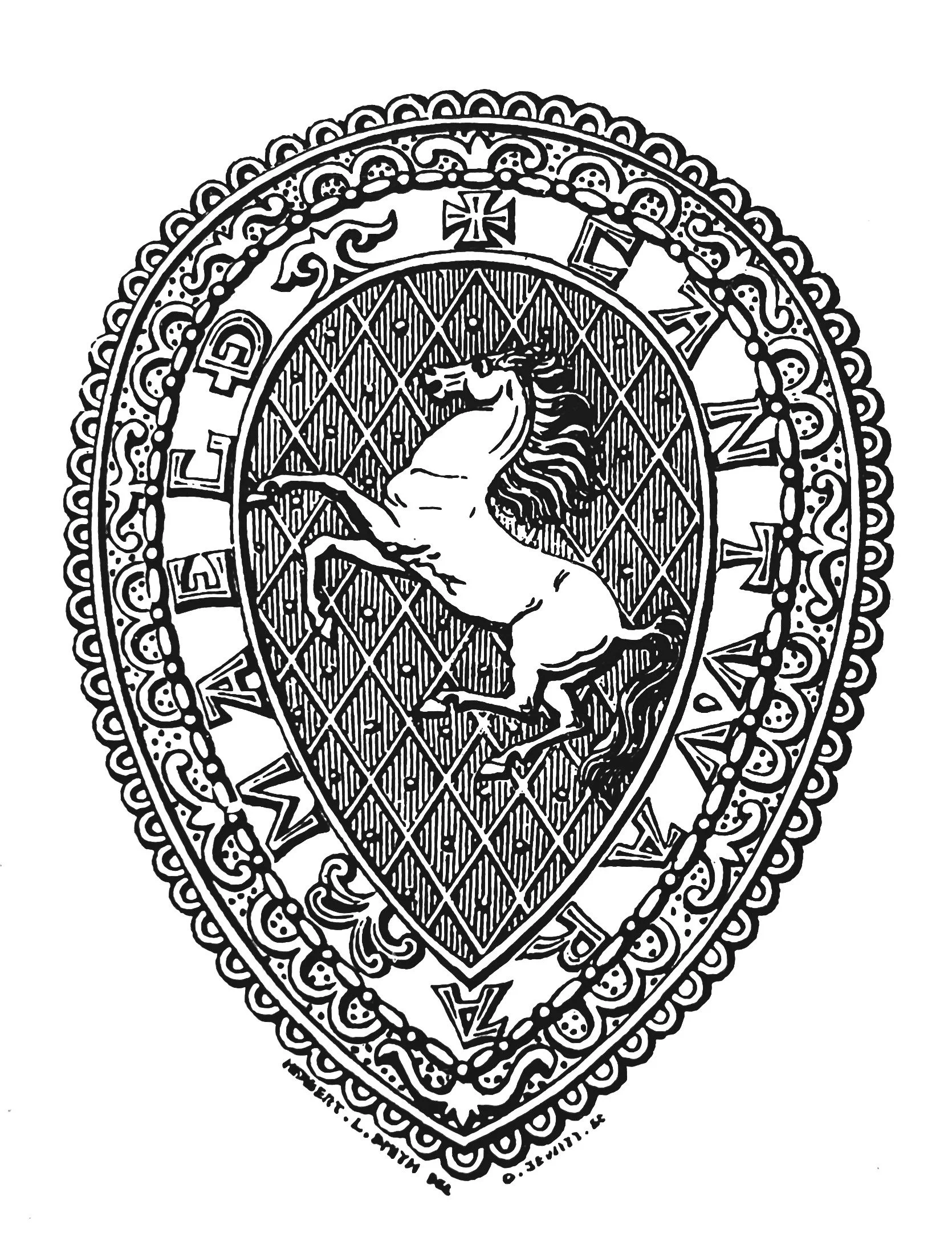KAS Newsletter, Issue 50 (Autumn 2001). Maidstone: Kent Archaeological Society.
Alan Ward, 2001, KAS Newsletter, Issue 50 (Autumn 2001). Maidstone: Kent Archaeological Society.
Brian E. Porter, Ph.D., F.R.Hist.S., 23rd June, 2001, KAS Newsletter, Issue 50 (Autumn 2001). Maidstone: Kent Archaeological Society.
Brian Porter, 2001, KAS Newsletter, Issue 50 (Autumn 2001). Maidstone: Kent Archaeological Society.
Brian Porter, 2001, KAS Newsletter, Issue 50 (Autumn 2001). Maidstone: Kent Archaeological Society.
KAS Newsletter, Issue 50 (Autumn 2001). Maidstone: Kent Archaeological Society.
KAS Newsletter, Issue 50 (Autumn 2001). Maidstone: Kent Archaeological Society.
KAS Newsletter, Issue 50 (Autumn 2001). Maidstone: Kent Archaeological Society.
KAS Newsletter, Issue 50 (Autumn 2001). Maidstone: Kent Archaeological Society.
KAS Newsletter, Issue 50 (Autumn 2001). Maidstone: Kent Archaeological Society.
, 2001, KAS Newsletter, Issue 49 (Spring 2001). Maidstone: Kent Archaeological Society.
, 2001, KAS Newsletter, Issue 49 (Spring 2001). Maidstone: Kent Archaeological Society.



KAS Newsletter, Issue 50 (Autumn 2001). Maidstone: Kent Archaeological Society.